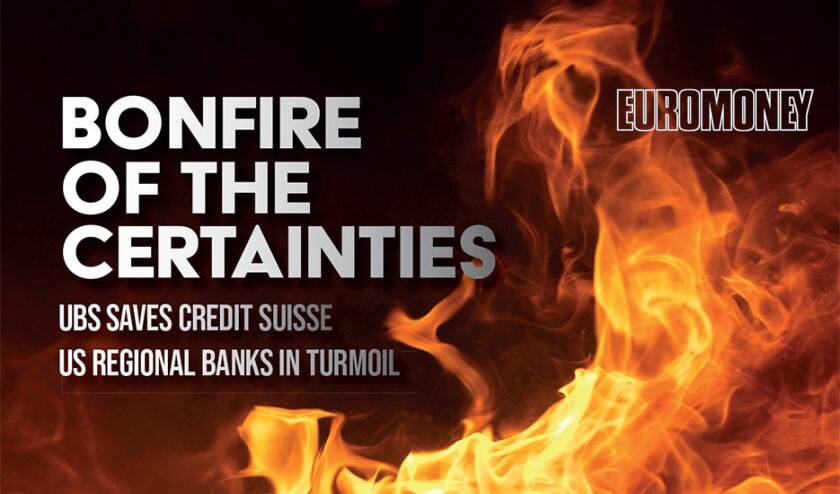Coming out of the global financial crisis of 2008, Credit Suisse’s approach had made it an apparent winner, talked of in the same breath as the mighty JPMorgan. It had taken a couple of billion dollars in write-downs in sub-prime mortgages and in leveraged loans, but it had avoided the ignominy of a state bailout.
By 2009, then-chief executive Brady Dougan and investment bank chief Paul Calello were being fêted for having turned the firm around, into something that competitors envied.
The bank had even been able to start taking advantage of opportunities that came out of the dislocation, launching a new work-out group.
At Euromoney, we named Credit Suisse the world’s best investment bank for 2009 in recognition of how the firm had fared in coming through the turmoil relatively unscathed.
Away from investment banking, too, things were looking up. In early 2010, the bank reached the pinnacle of our private banking survey rankings, storming past arch-rival UBS. We were asking if the rest of the firm could match that performance.

By the summer, we had our answer, with results that merited our ultimate accolade, naming the firm as the world’s best bank for 2010, and with Dougan telling us that while everyone had assumed its wisely conservative strategy was in response to the crisis, it had been planned well before.
The death of Calello later that year was a tragedy for the bank and the industry. It may also have marked the end of an era in other ways too.
New stresses
Just one year later a familiar story had risen, with cuts again in the investment bank, as Credit Suisse pivoted back towards its private bank once more. And that business certainly continued to perform – it again topped the rankings in Euromoney’s annual survey in early 2012.

But this time that performance would not shore up the whole institution. The bank’s fourth-quarter loss in 2011 and disappointing picture for the year threw up awkward questions about the direction of the firm – and the wider industry. For staff, it meant a new, exciting variant on the GFC-era Partner Asset Facility, in a bonus scheme linked to the bank’s own derivatives counterparty exposure.
By the summer, Dougan was coming under fire from all quarters, not least for a three-notch downgrade from Moody’s. Would a public vote of confidence from chairman Urs Rohner be a help or a hindrance? Speculation about possible replacements was certainly building.
But some parts of the franchise were apparently performing well – Asia again stood out, led by veteran banker Helman Sitohang, while the bank’s Brazilian business was building well beyond equity capital markets.
Soon the question was again being asked of whether a wealth management business like Credit Suisse’s really needed an investment bank bolted onto it
The firm’s reliance on emerging-market franchises was always a source of fragility, though, a point emphasised by a bout of EM debt and equity disruption in early 2014. Credit Suisse was generating about 20% of its fixed income revenue from emerging markets at the time, much more than at peers, making the business something of a high-wire act – and it was starting to wobble.
Soon the question was again being asked of whether a wealth management business like Credit Suisse’s really needed an investment bank bolted onto it. But an ugly $2.6 billion fine and criminal conviction for the firm in a US tax-evasion case in May 2014 – it wasn’t the only bank to be caught up in that – was a reminder that risks could emerge from all parts of the franchise.
And US regulators were gunning for it. By the autumn, they were getting increasingly annoyed that banks were routinely ignoring leveraged lending limits that they had issued. And Credit Suisse, seen as one of the most aggressive in that business, was getting special attention from the Federal Reserve.
For his part, Dougan assured investors that the bank would be acting in line with what regulators wanted. He also took the opportunity to reshuffle his investment bank yet again, with a triple-headed structure bringing together Jim Amine, Tim O’Hara and Gael de Boissard. Euromoney commentator Abigail Hofman was unimpressed.
Enter Thiam
In 2015, Dougan was finally replaced – and by a non-banker, Tidjane Thiam, the former CEO of Prudential. He came on board with talk of strategic reviews and an objective to transform the business into one that was less volatile and more resilient in all environments.
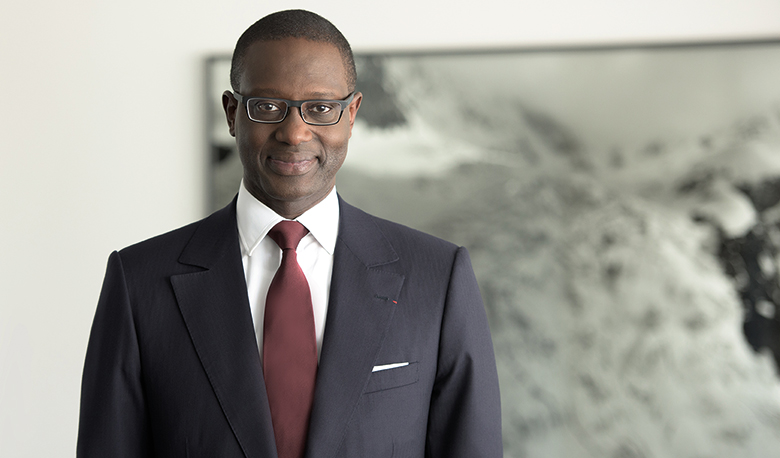
The result was a plan to effectively split the bank: separate the Swiss universal bank from the investment bank and international wealth businesses (and float the Swiss bank by the end of 2017), but also to dump its ambitions to be a global private bank. It was arguably the first formal realization that the disparate parts of the firm just were not working effectively together.
Quickly the bank was back to raising money, this time with a SFr6 billion ($6.47 billion) capital increase that saw Thiam snub US banks by not appointing any to lead it. But when the bank unveiled fourth-quarter results for 2015 that were much worse than expected, followed by yet more losses in distressed credit and leveraged finance, Thiam’s reputation was starting to take some hits – despite his assurances that he was dealing firmly with whatever had gone wrong in individual positions.
Not for the first time, the bank found itself leaning on its extended network to help it through. In Asia, Sitohang was being handed fresh autonomy – and aggressive targets to hit. Would it be enough to save the rest of the firm?
Turning the corner
By early 2017, it was becoming clear that the IPO of the Swiss universal bank that had been mooted in the 2015 restructuring was probably not going to happen. In fact, shareholders were being asked to cough up another SFr4 billion in a rights issue instead.
Speculation was growing that Thiam’s strategic vision might be faltering.
An investor day at the end of November saw Thiam pull a rabbit out of the hat – a commitment to return half of profits to shareholders once the restructuring was complete, and double-digit returns on equity.
And sure enough, by May 2018 the bank was reporting its strongest earnings in three years, driven by wealth management – and by Asia. By the summer, it was clear that the three-year turnaround plan launched by Thiam when he arrived back in 2015 had come good.
In our Awards for Excellence 2018, Euromoney chose him as the banker of the year, tracing the difficult journey of this banking outsider to force Credit Suisse’s executives and shareholders to accept that they had been following a false dream of a trading-dominated business that could somehow avoid blowing up.
In February 2020, Thiam left, to be replaced by Thomas Gottstein, head of the Swiss Universal Bank. No change in strategy was predicted
Unsurprisingly, the bank pulled in a clutch of other accolades, including Asia’s best investment bank and the world’s best investment bank in emerging markets. Presenting third-quarter earnings in November, Thiam was pitching the bank as a leader among its global investment bank peers for its progress since he kicked off his turnaround in 2015 – and the numbers we crunched backed up his claims.
Markets, however, couldn’t quite shake their scepticism. Despite good numbers elsewhere, the bank’s global markets division was still posting losses – a frustrating reminder that some problems were obstinately refusing to go away.
Speaking to Euromoney in 2019, Thiam said that investors just hadn’t believed that the firm had really de-risked its balance sheet, but that he had been proved right and now hoped for a positive feedback loop.
And in wealth management at least, the change to a more regionalised business had borne fruit, with Euromoney naming Credit Suisse the world’s best bank for wealth management in 2019.
But the year also sowed the seeds for Thiam’s departure, with an ugly incident in which former international wealth management head Iqbal Khan – who had quit for UBS in July – had confronted private detectives that Credit Suisse had set to trail him.
The incident didn’t cost Thiam his job immediately – it was COO Pierre Olivier-Bouée who took the blame. But it wasn’t long before the board was deciding that the buck stopped with Thiam, even if chairman Rohner exonerated him from personal involvement.
In February 2020, Thiam left, to be replaced by Thomas Gottstein, head of the Swiss Universal Bank. No change in strategy was predicted – just more growth on top of the successful transformation that the full-year results evidenced, and which made the ouster of Thiam all the more shocking.
Covid and beyond
Gottstein soon had the coronavirus pandemic to deal with, and acquitted himself well, working at the centre of the effort in Switzerland to pull together to help the entire economy deal with the unprecedented disruption to business.
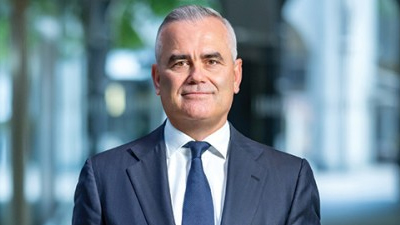
But he also began to reshape the bank away from what he had inherited from Thiam. Gone was the need to have the global markets division kept isolated so that it could have staff and risk-weighted assets cut without disruption elsewhere.
Gottstein’s view was that the bank’s businesses needed to come closer together again to drive efficiencies.
Some big hires followed, not least the arrival of Christian Meissner to sit in a new role that bridged the private and investment banks – but which also meant he would be in line for any other senior role that might arise.
The bank’s EM franchise was not left out: Ilan Goldfajn, the former president of Brazil’s central bank, came on board as chair of Credit Suisse Brazil.
Greensill and Archegos
The next management upheaval would come in April 2021, with the exit of Rohner as chair, to be replaced by António Horta-Osório, former CEO of Lloyds Banking Group. The moves came as the bank continued to struggle with litigation provisions, which reached SFr1.2 billion in 2020 and helped take net income down 22% to SFr2.7 billion.

While the change at the top might have been welcomed by investors who would have preferred Rohner to have fallen on his sword back in 2020 instead of Thiam, now there was the prospect of a newish CEO in Gottstein having to navigate the arrival of a chairman who might expect to be more ‘executive’ than some.
Questions were also asked of his suitability for the role – despite recognition of his turnaround performance at Lloyds, the two firms were radically different.
In any case, as Horta-Osório waited to take up his new role, the bank was pitched into a fresh crisis with the collapse of Greensill Capital, a supply-chain financing firm, in March 2021, and the freezing of some $10 billion of related Credit Suisse funds that the bank had sold to clients who thought they were making safe investments.
The fiasco led to a regulatory investigation into Credit Suisse, culminating in remedial measures that were ordered in February 2023, and has seen the firm battle to recover the funds over the past two years. As of late February, it had retrieved nearly $7 billion.
By the autumn of 2022, the rumour mill of more problems at the bank was gathering pace. As deposits fled, the bank embarked on yet another restructuring aimed at drawing a line under the uncertainty
Even worse for Credit Suisse was the simultaneous revelation that it was also one of the counterparties caught up in the collapse of Archegos Capital Management, which defaulted on margin calls to several counterparties in March 2021. Credit Suisse’s prime brokerage loss from Archegos – which the bank preferred to call a hedge fund rather than a family office – amounted to more than $5 billion.
Yet again chaos was swirling around the firm. Expectations grew that one of Horta-Osório’s first moves might be to replace Gottstein as CEO and preside over yet another strategic reset. But most important of all, as we argued at the time, Credit Suisse had now put itself in play.
And once again, shareholders had the sinking feeling of another capital increase, this time a SFr1.7 billion deal designed to shore up its balance sheet after the twin crises.
Staff at the bank were unsurprisingly thinking about their own financial wellbeing as well as that of their clients. Not for the first time, we wondered if a renewed focus on the bank’s Asian business might be in order.
Horta-Osório in…and out
The summer of 2021 saw the announcement of a new chief risk officer, David Wildermuth, moving from Goldman Sachs. He would not start in his role until February 2022, meaning that he could avoid being the first to have to deal with the fall-out from the report into the Archegos scandal, which hit desks in Credit Suisse in July 2021 and – to judge by Euromoney’s dissection of it – made for grim reading.
Among its conclusions were that the bank had focused more on keeping a client happy than on its own solvency, had a risk-management department that was not fit for purpose and had displayed an incompetent approach to margin.

All the while the bank was proclaiming its resilience: Gottstein was telling investors on its second-quarter earnings call in July that the investment bank had performed well in spite of the firm reining in its appetite for risk and trading conditions that were far from good.
The shift of more capital out of investment banking and into wealth management continued apace once Horta-Osório was in the building, with the bank pitching what was a risk-management overhaul as something of a growth story – rather than the forced response to past disasters that it was.
Horta-Osório was able to bring his strategy review forward to the third-quarter results announcement rather than the year-end, he said, because everyone had come together so quickly around it. But as we noted, that might have been because it was largely the old strategy, but with more risk management.
He was keen to get legacy issues behind the firm, announcing settlements of investigations into loans to Mozambique that dated back to 2013, as well as the end of the regulatory probe into the espionage scandal that had targeted Khan.
He would have little time to pursue his agenda, though. In the end, it was personal behaviour that tripped Horta-Osório up. Fighting embarrassing accusations that he had dodged UK and Swiss coronavirus quarantine rules, he eventually agreed that his position was compromised.
He quit the bank in January 2022, less than one year after joining, to be replaced by Axel Lehmann, formerly of UBS and who had only joined the Credit Suisse board in November.
Negativity trap
Had the bank been firing on all cylinders, Horta-Osório might have been able to tough it out. But it wasn’t.
Someone who theoretically stood to benefit was Gottstein, however, having been spoken about as overshadowed by his board in a way that Thiam had not been before him. Certainly he had proved a survivor since his battlefield promotion.
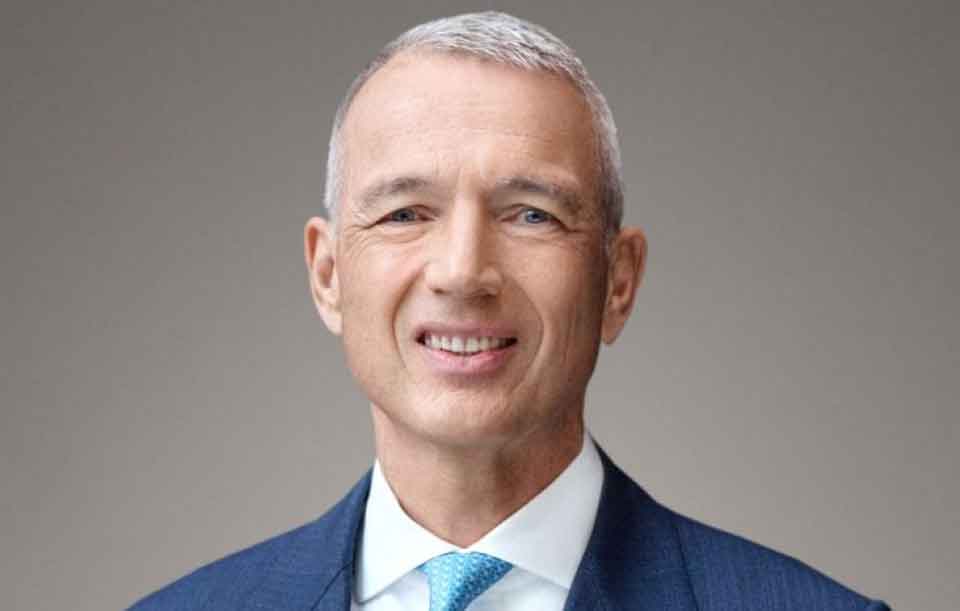
And so the most recent act in the drama began, with another poor trading update issued in January 2022 – including worrying signs of a slowdown in wealth management – that simply ratcheted up the pressure on Gottstein, followed by the nightmare of Russia’s invasion of Ukraine in February.
The tough sanctions regime that was quickly imposed by many Western nations on Russia presented immense challenges to all banks with dealings in the country. Credit Suisse was among those – and was soon embarrassed by reports of its requests to investors to destroy documents relating to loans made to Russian oligarchs.
It might have put some legacy regulatory issues to bed, but not all of them. In April 2022, we were writing of how the bank was still making heavy weather of its 2017 settlement with the US Department of Justice over its historic RMBS missteps – events that dated back to 2005 and had seen the bank punished with a penalty of $2.48 billion and a further $2.8 billion of consumer relief.
It was yet another reminder of how the bank has faced a constant struggle to shift the perception of the firm into something positive. First-quarter 2022 results that were as ugly as expected, given the collapse in investment banking and capital markets business across the industry in 2021, simply reinforced the negativity.
Gottstein im Himmel
It is traditional at Credit Suisse to resort to jettisoning a chief executive when all other attempts to create the impression of a fresh start have failed, and so after the second-quarter loss in 2022 new chairman Lehmann was showing CEO Gottstein to the exit and promoting Ulrich Körner, who had only been hired from UBS the previous year to run asset management.
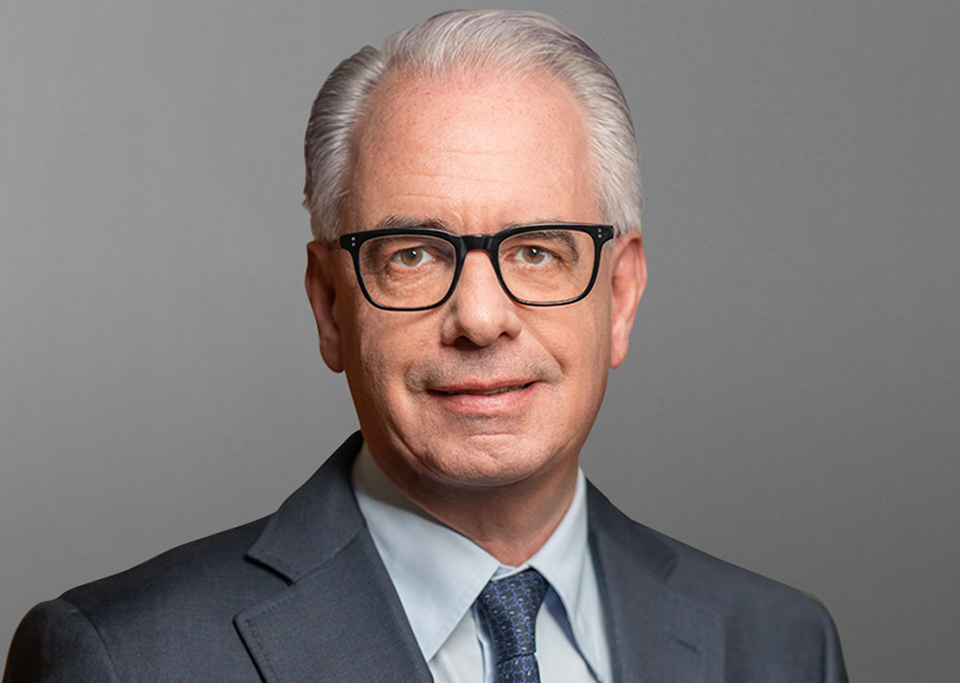
In July 2022, there were reminders that pockets of performance still remained at the firm. We recognised that in handing the bank our award for the best investment bank in emerging markets for 2022, in particular for its work in developing frontier markets in Asia.
But at the same time, the bank was also taking an axe to other parts of its investment bank. It is a move the firm has turned to time and time again, even though on this occasion it was far from certain that the investment bank was the real problem.
The real challenge, as we argued in August, lay in its private banking franchise.
A storm gathers
By the autumn of 2022, the rumour mill of more problems at the bank was gathering pace. As deposits fled, the bank embarked on yet another restructuring aimed at drawing a line under the uncertainty.
In late October, the bank announced another quarterly loss, a SFr4 billion capital increase, an injection of capital from Saudi National Bank, the planned sale of most of its securitized products group, new debt offerings and a carve-out of its investment bank into a new CS First Boston unit to be led by board member Michael Klein, who would merge it with his own boutique.
The rights issue got done, but not without stress.
As all that was happening, the longest-serving chief financial offer of any global systemically important bank – David Mathers – was speaking to Euromoney as he headed out of the door. He was leaving the firm after joining in 1998, to be replaced by Dixit Joshi, formerly of Deutsche Bank.
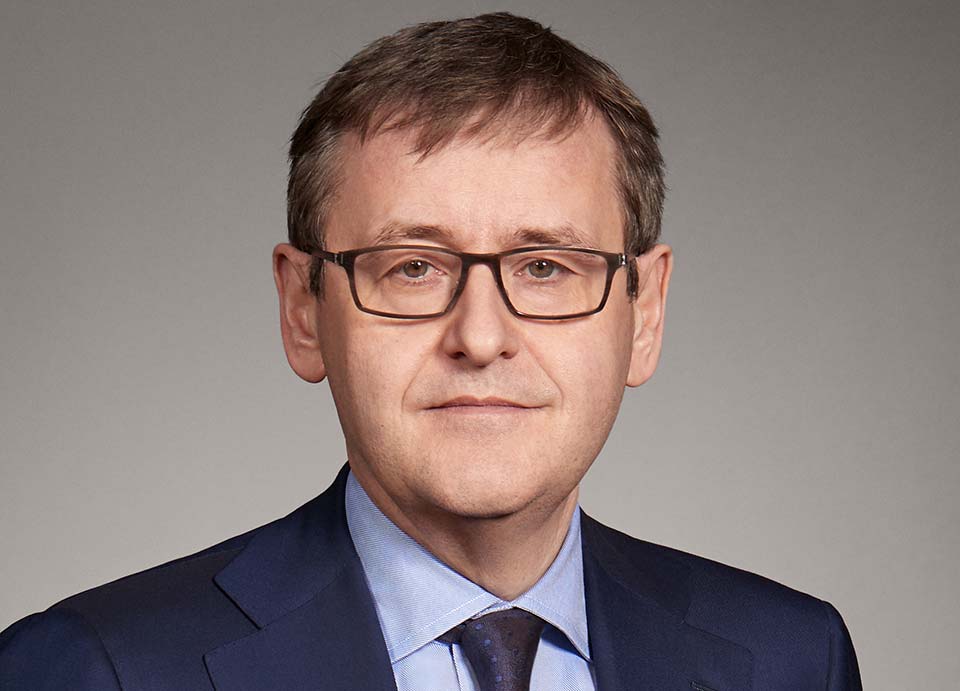
Mathers seemed to have been permanently restructuring and raising capital in his 12 years as CFO. In doing so, he has worked with a clutch of different CEOs. His parting message was defiant, pointing to the resilience of the firm despite its troubles, building an equity bulwark against the storm and running down its legacy problem portfolios.
Simply getting the capital increase done, however, did little to prevent Credit Suisse from being the target of investors’ bearishness, whatever its origins. Executives continued to leave – even the veteran Carsten Stoehr called it a day in Asia – and constant talk of clients abandoning the firm continued to drag it down.
By the time of annual results in February 2023, the bank was again warning of a big loss for not just the first quarter, but the whole year. Endless small slip-ups battered the firm: confused messaging on deposit flows, a delay to publication of its annual report caused by worries at the SEC. Nothing was too small to matter.
When fresh worries around the liquidity of the banking sector as a whole played out in early March, with the collapse of SVB Financial in the US and an explosion of concerns around the hedging of interest rate risks, Credit Suisse was there again to serve as the lightning rod for all manner of fears – despite its apparent reserves. Saudi National Bank’s assertion that it would not throw more money at the firm was a substantial blow.
The bank’s shares were down nearly 80% in a year. The question of what was rational became irrelevant. Faced with that, it was inevitable that Swiss authorities would step in to lend their support, first with an attempt at reassurance late on March 15, and then a more explicit commitment overnight to provide the liquidity the bank might need.
Now they wait.

